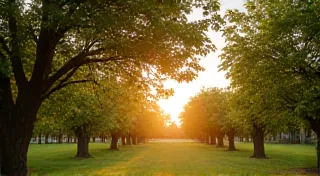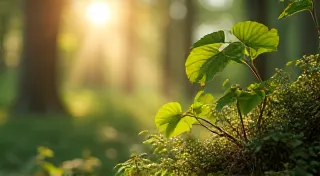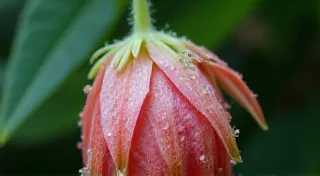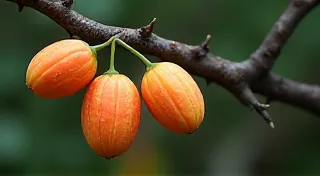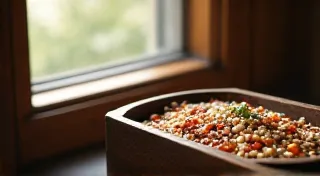The Silent Language of Roots: Mycorrhizae and Orchard Health
There’s a certain melancholy beauty in things that have been around for a while, things that whisper of lives lived and stories untold. It’s the same feeling I get holding an antique accordion. The aged wood, the meticulously crafted reeds, the faint scent of time… each element sings a quiet song of craftsmanship and a connection to generations past. The accordions I collect, often rescued from dusty attics or estate sales, are more than instruments; they’s artifacts, each bearing a unique history etched into its worn bellows. It’s a lesson in resilience, in the enduring power of something made with care, and the importance of understanding the intricate systems that allow them to not just survive, but thrive.
That same principle applies, profoundly, to the orchard I’ve cultivated over the years. It's not just about growing unusual fruits – pawpaws, medlars, serviceberries, and the like – but about nurturing the entire ecosystem beneath the soil. And at the heart of that ecosystem lies a relationship so ancient and vital, it's almost invisible: the symbiosis between fruit tree roots and mycorrhizal fungi.
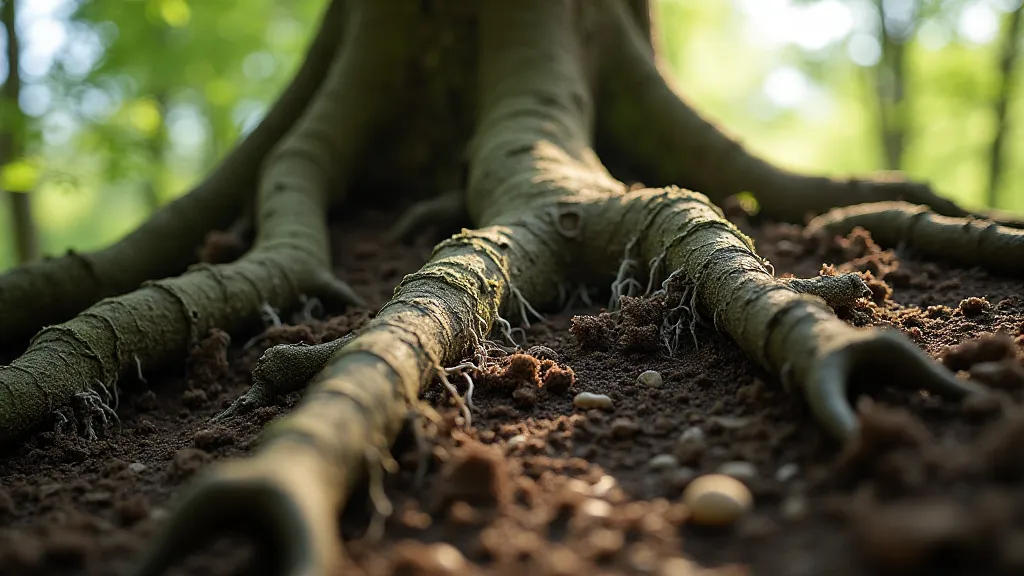
The Ancient Partnership: What are Mycorrhizae?
The word “mycorrhizae” itself is a mouthful, derived from the Greek words “mykes” (mushroom) and “rhiza” (root). It literally translates to "fungus-root." And that’s precisely what they are – a mutually beneficial relationship between a fungus and the roots of a plant. These aren't just any fungi; they're specialists. They’re not the mushroom you might find popping up in your lawn, although they often originate from those fruiting bodies. They’ve evolved over millions of years to form a symbiotic bond with plants, a partnership that predates even flowering plants themselves.
There are two main types of mycorrhizae: ectomycorrhizae and endomycorrhizae. Ectomycorrhizae form a sheath around the outside of the root, while endomycorrhizae penetrate the root cells. Most fruit trees, particularly stone fruits like plums and cherries, form ectomycorrhizal associations. What’s remarkable is that this isn't a parasitic relationship; it’s one of cooperation. The plant provides the fungus with carbohydrates (sugars) produced through photosynthesis. In return, the fungus dramatically increases the plant’s ability to absorb water and nutrients, particularly phosphorus, nitrogen, and micronutrients like zinc and copper.
Beyond the Reach: Expanding the Root Zone
Think of a fruit tree’s root system as a network of explorers. They search tirelessly for resources, pushing outwards in search of sustenance. Mycorrhizal fungi act as an extension of that root system, extending their hyphae – the thread-like filaments that make up the fungal network – far beyond the reach of the roots themselves. These hyphae can explore an area vastly greater than the roots alone, effectively creating a massive, subterranean web that scavenges for nutrients and delivers them back to the tree.
It’s akin to finding a hidden compartment within an accordion, revealing a layer of intricate craftsmanship previously unseen. The careful construction, the dedication to detail—it’s all there, waiting to be discovered. The mycorrhizal network is that hidden layer for the orchard; the key to unlocking its full potential. Understanding how the color of the fruit itself can reflect the health of this intricate partnership, a visual cue to the success of the orchard's ecosystem, is an art in itself – a practice explored in greater detail in "Chromatic Resonance: The Science & Symbolism of Fruit Color." The orchard’s ability to thrive isn't solely about fungal partnerships; it's a complex interplay of factors, and for many, a sustainable financial model is also essential, a balancing act outlined in "The Orchard’s Ledger: Financial Sustainability & Small-Scale Fruit Production."
The benefit extends beyond just increased nutrient uptake. Mycorrhizae also help to improve the overall health of the tree. They enhance water absorption, making the tree more drought-tolerant. They increase the tree's resistance to root diseases. And they even stimulate the production of plant hormones that promote growth and vigor. The color of the fruit, intimately linked to the nutrients it absorbs, provides another layer of information about the health of the tree and its mycorrhizal relationship.
Cultivating the Connection: Building a Mycorrhizal-Friendly Orchard
So, how do you foster a healthy mycorrhizal community in your orchard? The good news is that most trees already have some mycorrhizal associations. The challenge is to protect and enhance that existing network.
One of the most crucial steps is to avoid excessive tillage. Tilling disrupts the fungal network, destroying the delicate hyphae and reducing the population of beneficial fungi. No-till or reduced-tillage practices are incredibly beneficial. Similarly, minimizing the use of synthetic fertilizers can help. While fertilizers provide nutrients directly to the plant, they can suppress the activity of mycorrhizal fungi. It's a false promise of abundance, like attempting to force an antique accordion to play with broken bellows.
Cover cropping is another excellent strategy. Certain cover crops, like clover and alfalfa, are particularly beneficial for promoting mycorrhizal growth. They release organic matter into the soil, providing a food source for the fungi. Furthermore, crop rotation can help to diversify the fungal community and prevent the buildup of soilborne pathogens. The timing of harvests, often dictated by the fleeting moments of ripeness, requires a delicate understanding of natural cycles.
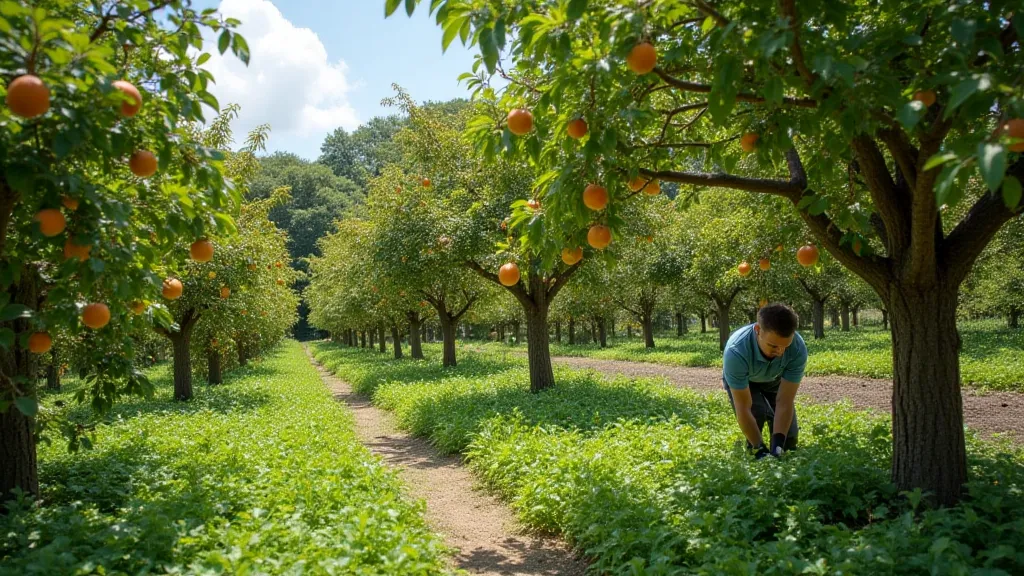
Preserving Genetic Heritage: The Importance of Diversity
Beyond the fungal partnerships beneath the soil, the overall resilience of an orchard, and the success of mycorrhizal relationships, relies on the genetic diversity within the fruit trees themselves. Just as a collection of antique accordions benefits from a range of models and craftsmanship, an orchard thrives when it boasts a variety of cultivars. Protecting these genetic resources becomes paramount, ensuring the orchard’s ability to adapt to changing conditions and resist disease. The preservation of these legacies is critical, which can be achieved through careful seed saving and propagation techniques. This careful shaping of the orchard landscape, sometimes expressed through artistic techniques such as espalier, demonstrates another facet of the care and attention demanded by successful fruit production, a transformative art captured beautifully in "The Weaver’s Hand: Espalier and Orchard Sculpture."
Beyond the Harvest: A Deeper Appreciation
Growing unusual fruits isn’t just about the delicious harvest. It’s about a deeper connection to the land, to the cycles of nature, and to the intricate web of life that sustains us. Understanding the role of mycorrhizae in fruit tree health elevates that connection, fostering a profound appreciation for the silent language of roots.
Restoring an antique accordion is a meticulous process, requiring patience, skill, and a deep respect for the instrument's history. It’s not about making it new; it’s about preserving its character, revealing its beauty, and allowing its voice to be heard once more. Similarly, cultivating a mycorrhizal-friendly orchard isn't about dominating nature; it's about working in harmony with it, nurturing the hidden relationships that allow life to flourish. This requires more than just understanding the soil; it requires understanding the aesthetic considerations, the financial realities, and the artistic potential that fruit production embodies. The journey is demanding, but the rewards are profound, providing a connection to a tradition that spans generations.
The reward isn't just a bumper crop of pawpaws or medlars. It’s the quiet satisfaction of knowing that you’re playing a small part in sustaining a vibrant ecosystem, a silent testament to the enduring power of nature’s partnerships – a partnership as old and enduring as the instruments themselves.

